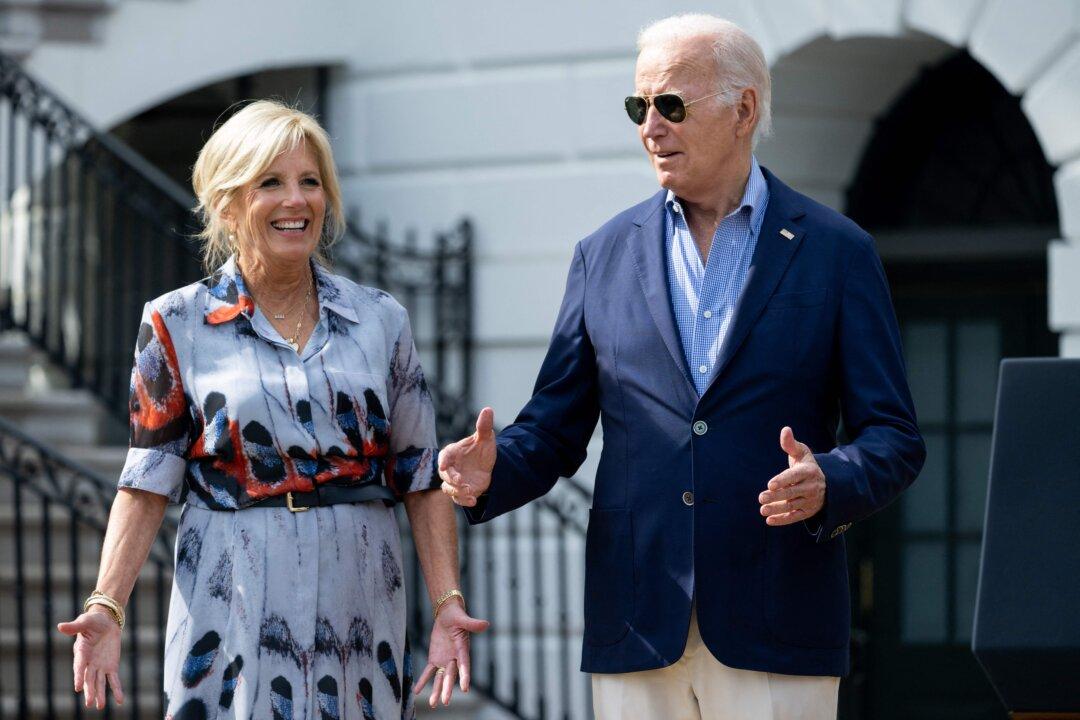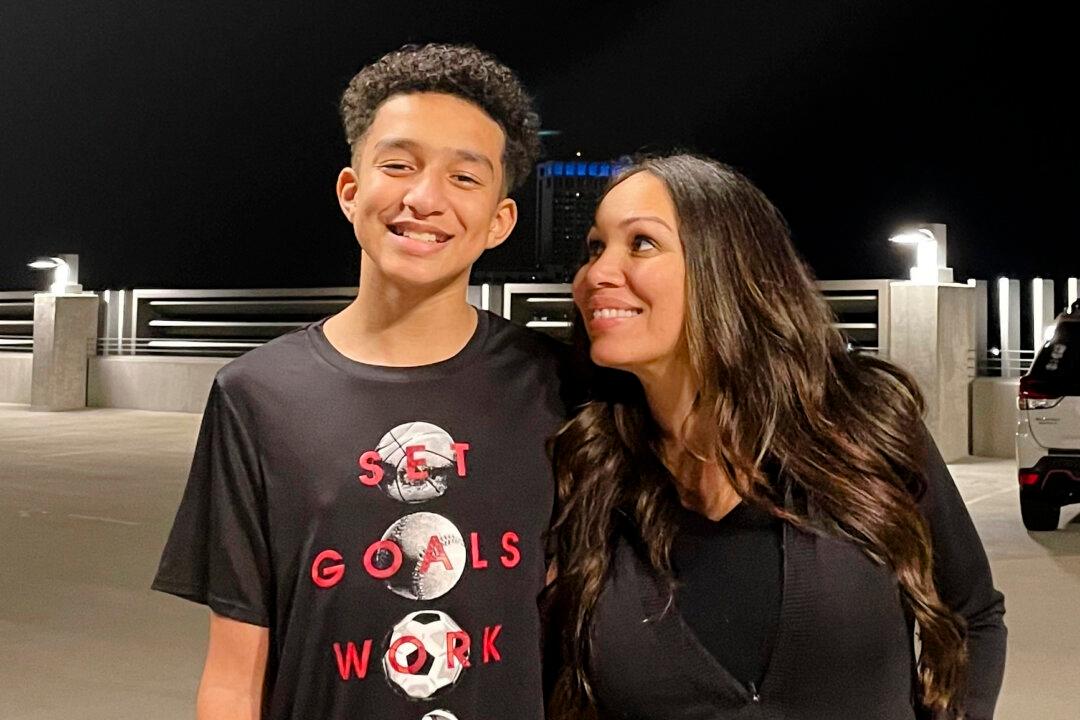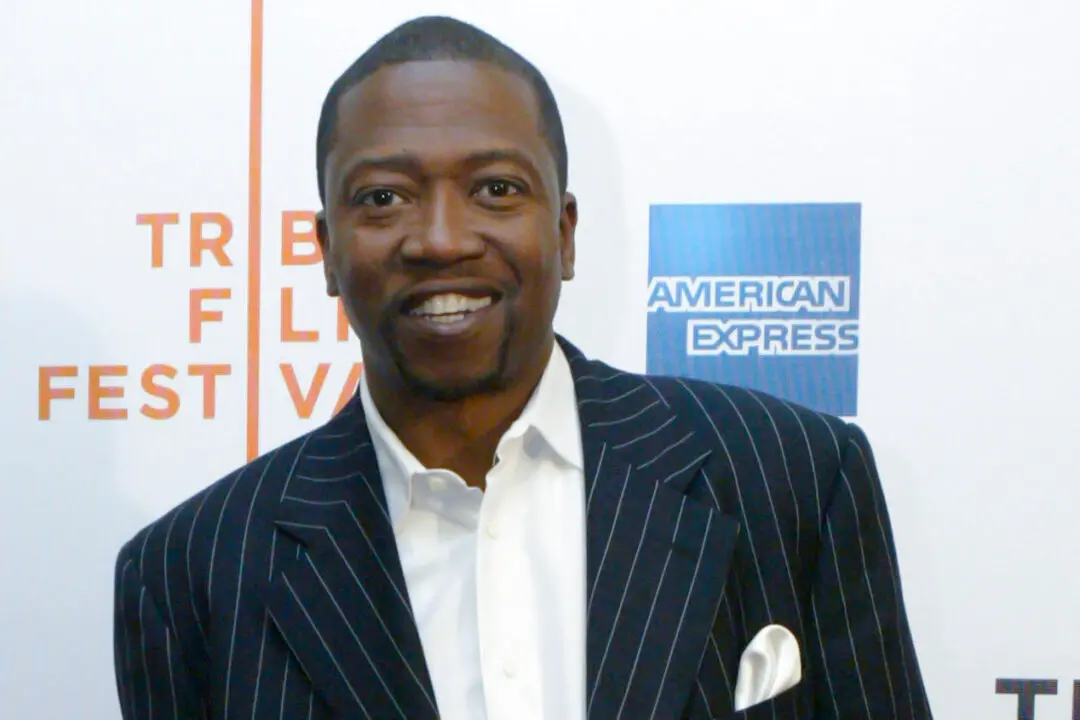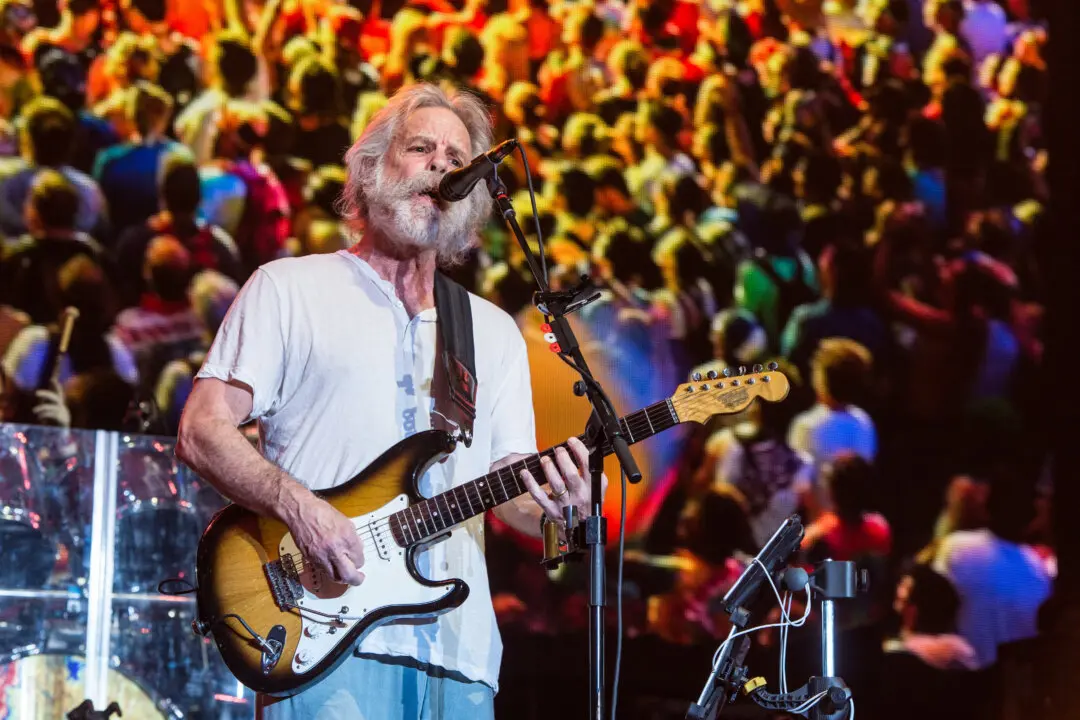WASHINGTON—Through history, the Fourth of July has been a day for some presidents to declare their independence from the public. They’ve bailed to the beach, the mountains, the golf course, the farm, the ranch. In the middle of the Depression, Franklin D. Roosevelt was sailing to Hawaii on a fishing and working vacation.
It’s also been a day for some presidents to insert themselves front and center in the fabric of it all.





